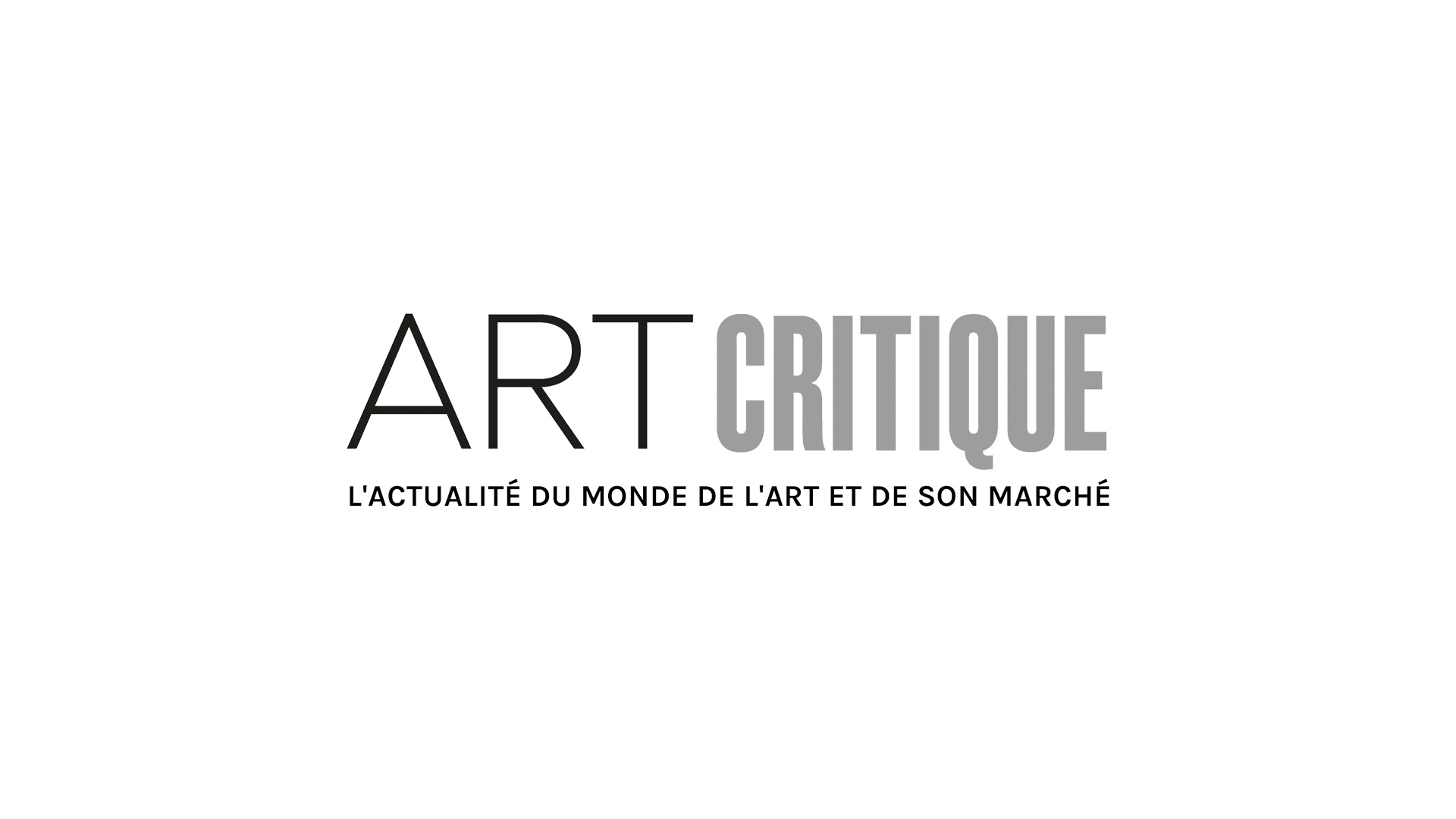“I look at the street and at people walking on foot with different appearances advancing at different speeds,” said Portuguese-born abstractionist Maria Helena Vieira da Silva (1908 – 1992), a leading member of the European abstract expressionism movement known as Art Informel. “I think of the invisible threads which manipulate them… I try and see the machinery that organizes them. I think this is, in a way, what I’m trying to paint.”
Born in Lisbon, Vieira da Silva moved to Paris in 1928 and became a naturalized French citizen in 1956. In Paris, she absorbed a variety of influences, from geometric abstraction to decorative style of the Nabis, as well as internalizing aspects of Cubism, Futurism and Constructivism. After World War II, she became an integral member of the expressive abstract movement in Paris in lyrical paintings that were at once abstract and illusionistic and reflected a highly personal visual vocabulary. Traversed by what she referred to as “invisible threads,” her poetic canvases, labyrinthine semi-abstract compositions play with color, deep space and perspective, inviting viewers to wander through a fractured and complex world suggesting multiple viewpoints. Often posing a loose convergence of lines without any preconceived subject, she revealed an exquisite sensitivity to pattern and rhythm, combined with her ability to depict deep space and perspective. While her subjects often evoke the postwar landscape – cities that seem to have been burned or flooded, alleyways, sunsets, and landscapes, natural or manmade – they also blur the specificity of places, using an underlying grid structure that undergoes endless variations. The images that emerge depict a fragmented reality that creates a mental space that evokes the way we recall and restructure memory.





